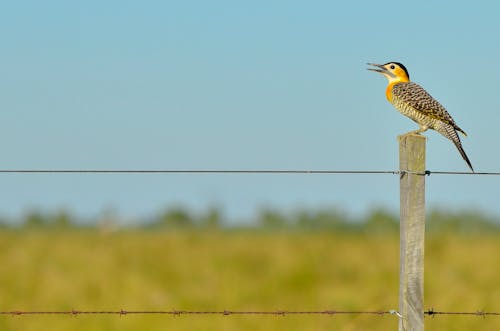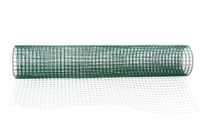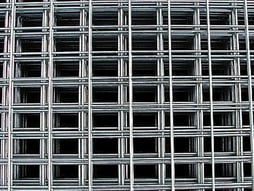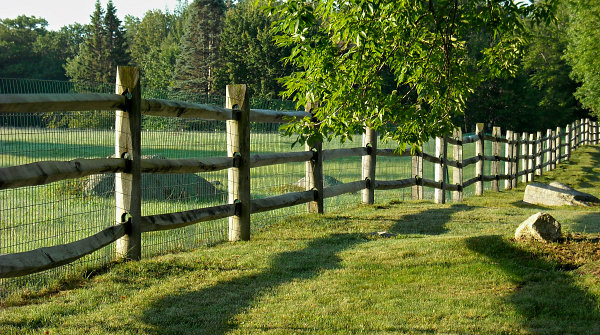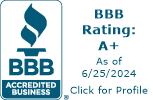Snow Fences: For Increased Safety
Watch this Federal Highway Administration video to learn about snow fences and their benefits.
There are two parts to this video:
Part 1 -- Benefits, focuses on the cost and effectiveness of snow fences. Collector-type snow fences are described. There are significant cost savings and reduction in accidents when snow fences are used along highways.Much of this information about snow fencing material is applicable to homeowners as well as larger town and state highway DOT uses. Rolls of wood snow fence and plastic snow fence are available. These are easier to use and handle than a permanent structure.
Would a snow fence be a good fit for your needs?









